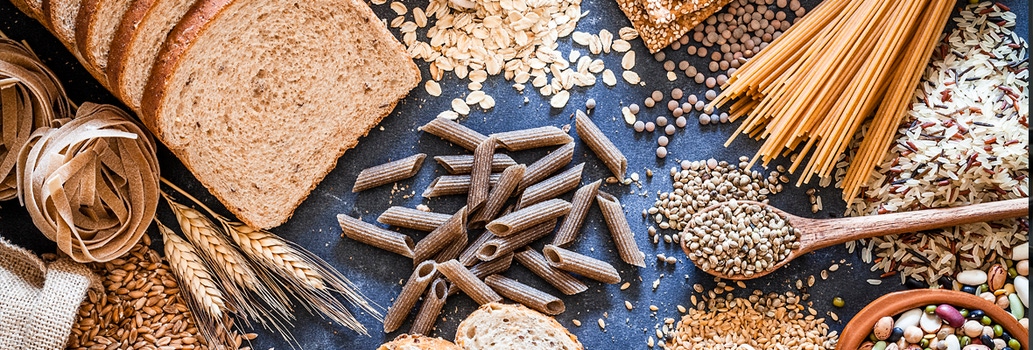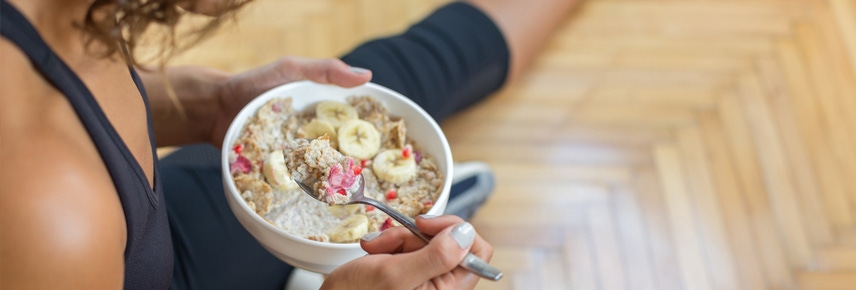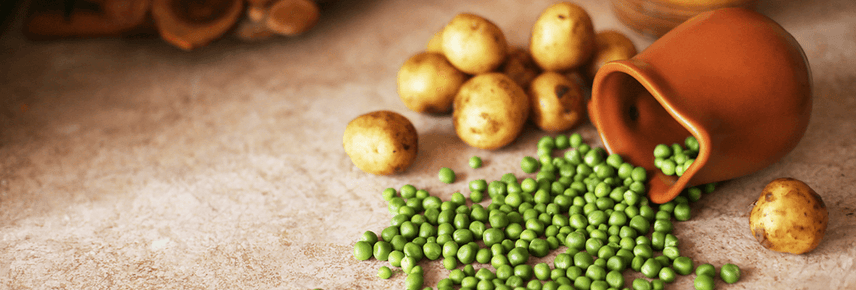
Avoiding carbs: good or bad?
Who doesn’t love carbs? Our bodies crave them for good reason - they are one of the most important sources of energy for our bodies, and they are often packed with gut-loving fibre.
They are also the key fuel to power our brain.
Carbohydrates are a macronutrient that comes in two forms – starches (e.g. potatoes and grains) and sugars (e.g. sucrose, lactose, fructose). They are found mainly in plants (fruits, vegetables, grains and legumes) or food made from plants.
But not all carbs are equal.
Good carbs, or low GI carbs, like those found in nuts, legumes, fruits, veggies and wholegrain breads and cereals are broken down slowly, trickling a steady supply of fuel into your tank. As well as sustained energy, they help you feel fuller for longer, which may reduce the tendency to overindulge. These are also known as quality carbohydrates.
On the other hand, high GI carbs can cause your blood sugars to soar then come crashing down, leaving you feeling flat. They can disrupt your natural blood glucose balance and high GI diets have been associated with a number of health problems, including Type 2 diabetes.
The World Health Organisation recently commissioned a review on carbohydrate quality and human health, which analysed 185 studies and 58 clinical trials. The findings published in the highly respected journal The Lancet, showed eating more dietary fibre and whole grains significantly reduced people’s chances of heart disease and early death.
The researchers recommended eating more quality carbs and switching refined grains for whole grains. The recommendations and science are in stark contrast to the low-carbs fad diets that advocate cutting carbs, including nutritious wholegrains.
So how much carbs should we be eating? According to Australia’s National Health and Medical Research Council, carbs should form between 45-65% of your total energy intake.
Not sure where to get started? Here are our top tips for some simple swaps so you’re choosing the best carbs for your body.
- Bread: Go for dense wholegrain, authentic sourdough or raisin toast over fluffy white or brown options.
- Cereal: Fill your brekkie bowl with wholegrain or high fibre cereal varieties.
- Rice: Enjoy basmati, black rice, red rice, wild rice or chia and quinoa rice blends instead of jasmine, arborio or medium grain rices.
- Grains: Swap regular couscous for pearl couscous and enjoy buckwheat, freekeh, semolina, pearl barely or teff.
- Pasta: Keep your pasta low GI by cooking it ‘al dente’.
- Snacks: Munch on fresh fruit, vegetables and hummus or unsalted popcorn.
If you do want to enjoy some higher GI carbs, there are simple ways to help lower the overall GI of your meal. For example, add acids like lemon or healthy fats like olive oil. Check out this article for further ideas.

The latest nutrition advice, plus health and wellness tips delivered to your inbox monthly

